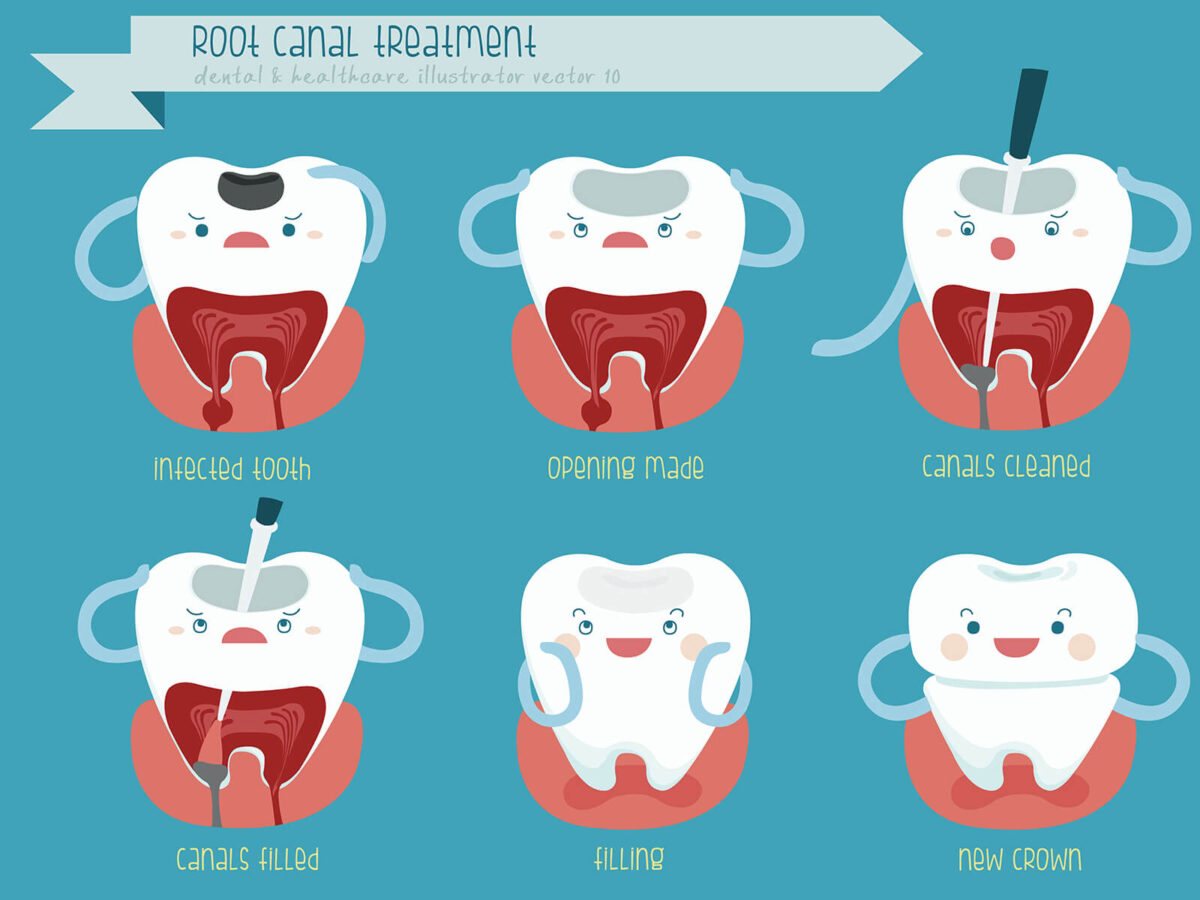Blog
Dental hygiene tips for healthy teeth & gums

How Does Root Canal Therapy Treat Decayed Teeth
Root canal therapy is a common dental procedure designed to treat decayed teeth and relieve pain caused by infection or inflammation of the tooth’s pulp. Root canal therapy is a procedure that is performed when there is no other option to save the tooth. In this article, we will explore how root canal therapy works, its benefits, and what to expect during the procedure.
Understanding Root Canal Therapy
Root canal therapy, also known as endodontic therapy, is performed to save a tooth that has been severely damaged or infected. During the procedure, the infected or inflamed pulp tissue is removed from inside the tooth. It involves cleaning and disinfecting the root canal system and filling and sealing the tooth to prevent further infection.
What are the Signs That You May Need Root Canal Therapy
Below, let’s see what are some of the common signs that can lead you to have root canal therapy:
- Severe Tooth Pain: If you have persistent and severe tooth pain, especially when biting or applying pressure, you may need root canal treatment.
- Sensitivity to Hot and Cold: Excessive sensitivity to hot and cold foods and beverages, which persists even after the stimulus has been removed, may indicate pulp inflammation.
- Swelling and Tenderness: Swelling, tenderness, or a pimple-like bump on the gums near the affected tooth can indicate an infection.
How Root Canal Therapy Works
- Now that you know what are the signs of getting root canal therapy, let see how it works:
- Initial Examination: The dentist will first examine the tooth and may perform dental X-rays to assess the extent of damage and determine if root canal therapy is necessary.
- Local Anesthesia: Before starting the procedure, the dentist will inject local anesthesia to ensure a pain-free experience.
- Accessing the Pulp: The dentist will create a small opening in the crown of the tooth to access the infected or inflamed pulp tissue.
- Removing the Infected Tissue: The dentist will carefully remove the infected or damaged pulp tissue from the root canal system using specialized instruments.
- Cleaning and Disinfecting: The root canal system is thoroughly cleaned and disinfected to eliminate bacteria and prevent further infection.
- Filling and Sealing: Once the root canal is cleaned and disinfected, the empty space is filled with a biocompatible material called gutta-percha and sealed to prevent bacteria from entering.
- Restoration: Dental crowns are typically placed over a treated tooth to restore strength, function, and appearance.
Some Benefits of Root Canal Therapy
Below, we have briefly discussed some common benefits of undergoing root canal therapy:
- Pain Relief: Root canal therapy effectively relieves tooth pain caused by infection or inflammation.
- Restoration of Natural Tooth: Rather than extracting the tooth, root canal therapy allows for preserving the natural tooth structure.
- Improved Oral Health: Root canal therapy helps maintain overall oral health by removing infection and preventing further damage.
Conclusion
Root canal therapy is a highly effective dental procedure for treating decayed teeth and preserving natural tooth structure. If you experience severe tooth pain, sensitivity, or swelling, consult your dentist promptly to determine if root canal therapy is needed. Remember, early intervention with root canal therapy can save your tooth and restore your oral health. Don’t hesitate to seek professional dental care to address dental issues promptly and prevent complications.


